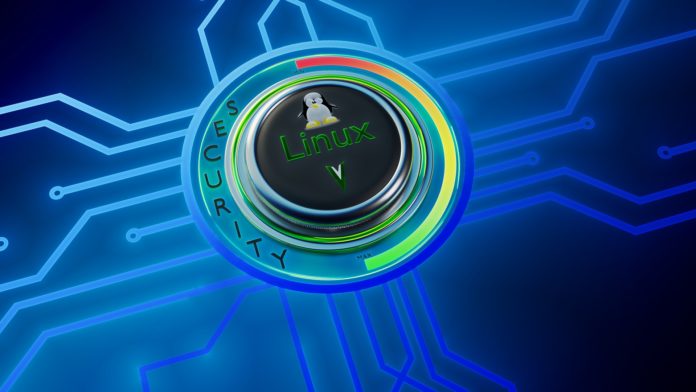Linux is a popular open-source operating system used widely by companies around the world for its several advantages. Some of these advantages are being incredibly affordable and arguable securer than other systems as it is open-sourced and a potential flaw can be recognized and patched by a variety of people.
But what if you want to make it securer? Currently, one of the most favored security frameworks is SASE (understandably), but is this security framework compatible with Linux OS? This is a common question as companies want to be sure before taking the next step. Well, let’s keep reading and see how they work together.
What is Linux OS?
Let’s first start by explaining Linux to have a more clear understanding of the issue. Linux is an open-sourced operating system similar to UNIX. This OS can be used on computers, servers (which is why Linux is favored by companies), and mobile devices.
This operating system was created by Linus Torvalds who was also a previous developer for the UNIX OS. One of the first things that attract users to Linux is the ability to use this OS freely. Linux is completely open-source and can be used without paying anything in most cases. Even if you want to use it for servers, the fees are much cheaper than its competitors.
Another thing that separates Linux from others is the ability to be modified by anyone with programming ability. There is also a group of people online continuously increasing its security and reviewing its current state. These qualities is distinct to Linux and that’s why it is a popular OS among companies storing and receiving sensitive data.
What is SASE?
Secure Access Service Edge (SASE) is a modern security framework. It combines network connectivity (SD-WAN) and network security services such as CASB, Zero Trust, UTM, and others. The main thought behind the SASE model is to ensure edge-to-edge security on private networks.
A SASE architecture simplifies and improves the security of a private network thanks to its ability to provide secure remote access and be operated completely on the cloud. It is one of the most advanced security frameworks we know today as it benefits from several security services that work cooperatively with network connectivity.
SASE and Linux Compatibility
When people look at SASE use cases, one of the things that come to mind is the compatibility with Linux. Since it is a popular operating system, some companies just don’t want to have to change their OS for SASE. But we can tell you right away that SASE is perfectly capable of working with Linux. Let’s see why.
1-) Integrated SD-WAN
SASE framework doesn’t require isolated SD-WAN structures, unlike previous security frameworks. In a SASE architecture, SD-WAN is integrated into the cloud system as SASE is governed and operated only by software.
This procedure single-handedly avoids the dangers of the public internet and doesn’t force the companies to set up hardware just for SD-WAN. This coincides with one of the issues companies choose Linux; affordability.
2-) Customizable security architecture
One of the best things about SASE is that it allows companies to create their own, suitable, and effective architectures. It is not like other frameworks that are usually one-for-all without any flexibility. There are several services included, and you can choose only the ones you need.
Linux is also such a system, it is open-sourced and it is only the things you need, nothing more. By having the ability to mingle around and create the perfect network and security structure, SASE and Linux are definitely the dream duo.
3-) Granular and edge-to-edge security
Some security services included in a SASE architecture such as Zero Trust ensures granular security by adopting the least-privilege approach. If set up properly, this can guarantee that no one accesses more than they really need. Not a single user is authorized for everything.
Linux and SASE also match up with each other in this term. Linux users are not implicit admins and they cannot damage or do everything in a Linux OS. It has far more complex threat prevention systems than its competitors, just like SASE. Combining these two is a perfect decision to ensure granular and edge-to-edge security.
Conclusion
Linux’s popularity as an OS and also server provider is increasing every day and this is the same with SASE. Wondering if these two are able to work together is definitely understandable to decide on SASE as your new network framework. The answer is definitely yes; SASE is the perfect companion for Linux OS.






